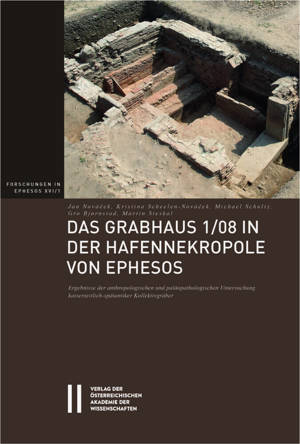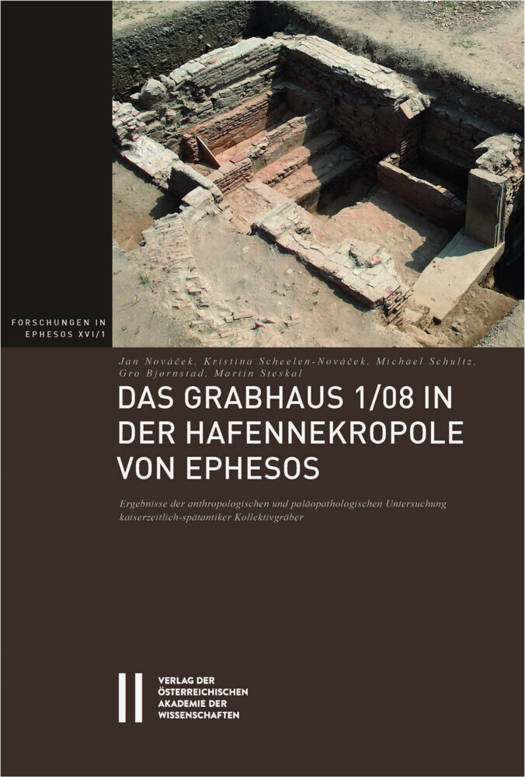
- Afhalen na 1 uur in een winkel met voorraad
- Gratis thuislevering in België vanaf € 30
- Ruim aanbod met 7 miljoen producten
- Afhalen na 1 uur in een winkel met voorraad
- Gratis thuislevering in België vanaf € 30
- Ruim aanbod met 7 miljoen producten
Zoeken
Das Grabhaus 1/08 in Der Hafennekropole Von Ephesos
Jan Novacek, Kristina Scheelen-Novacek, Gro Bjornstad, Martin Steskal, Michael Schultz
€ 443,45
+ 886 punten
Omschrijving
During the excavation season in 2008 in Ephesos, a tomb was systematically excavated in the area of the previously little-studied necropolis alongside the harbour channel. The recovery of the many funerals from a total of five graves, which date from the 2nd through to at least the early 5th century AD, enabled the anthropological investigation of more than 100 persons from the Imperial-Late Antique population from a closed find complex for the first time in the history of the excavations at Ephesos. In the interdisciplinary study it was possible to gain founded insights into the demographic make-up and the often difficult living conditions and significant exposure to illness of the people buried in the tomb. The pattern of disease provides evidence of the poor living conditions in the city regarding population density, air quality and hygiene as well as the consequences of poor nutrition. Through comparisons with other populations of a similar date from the Eastern Mediterranean and with written sources, it was possible to situate the population in a geographical and temporal context.
Specificaties
Betrokkenen
- Auteur(s):
- Uitgeverij:
Inhoud
- Aantal bladzijden:
- 456
- Taal:
- Engels, Duits
- Reeks:
Eigenschappen
- Productcode (EAN):
- 9783700184058
- Verschijningsdatum:
- 22/10/2020
- Uitvoering:
- Hardcover
- Formaat:
- Genaaid
- Afmetingen:
- 218 mm x 34 mm
- Gewicht:
- 1564 g

Alleen bij Standaard Boekhandel
+ 886 punten op je klantenkaart van Standaard Boekhandel
Beoordelingen
We publiceren alleen reviews die voldoen aan de voorwaarden voor reviews. Bekijk onze voorwaarden voor reviews.








